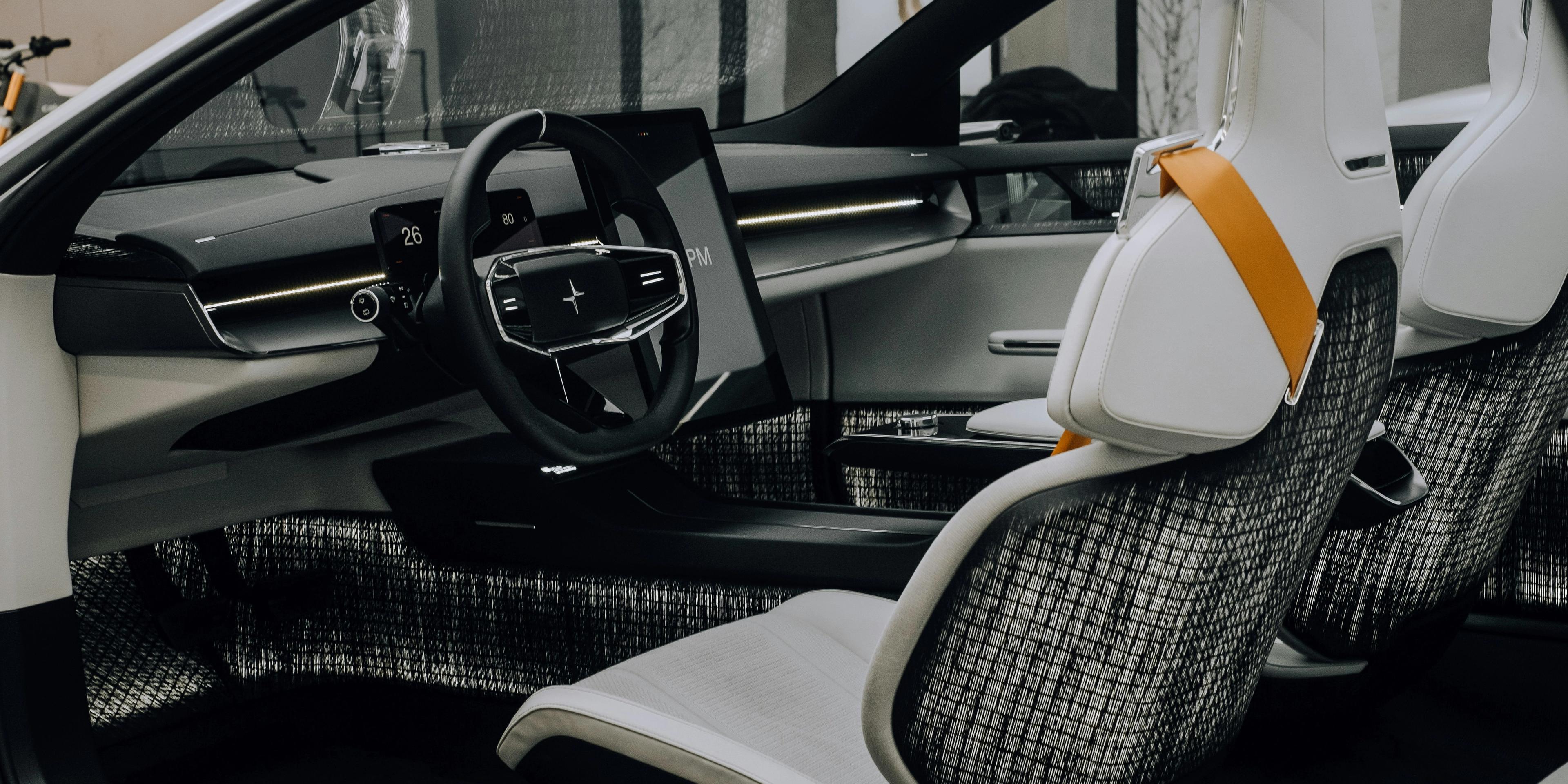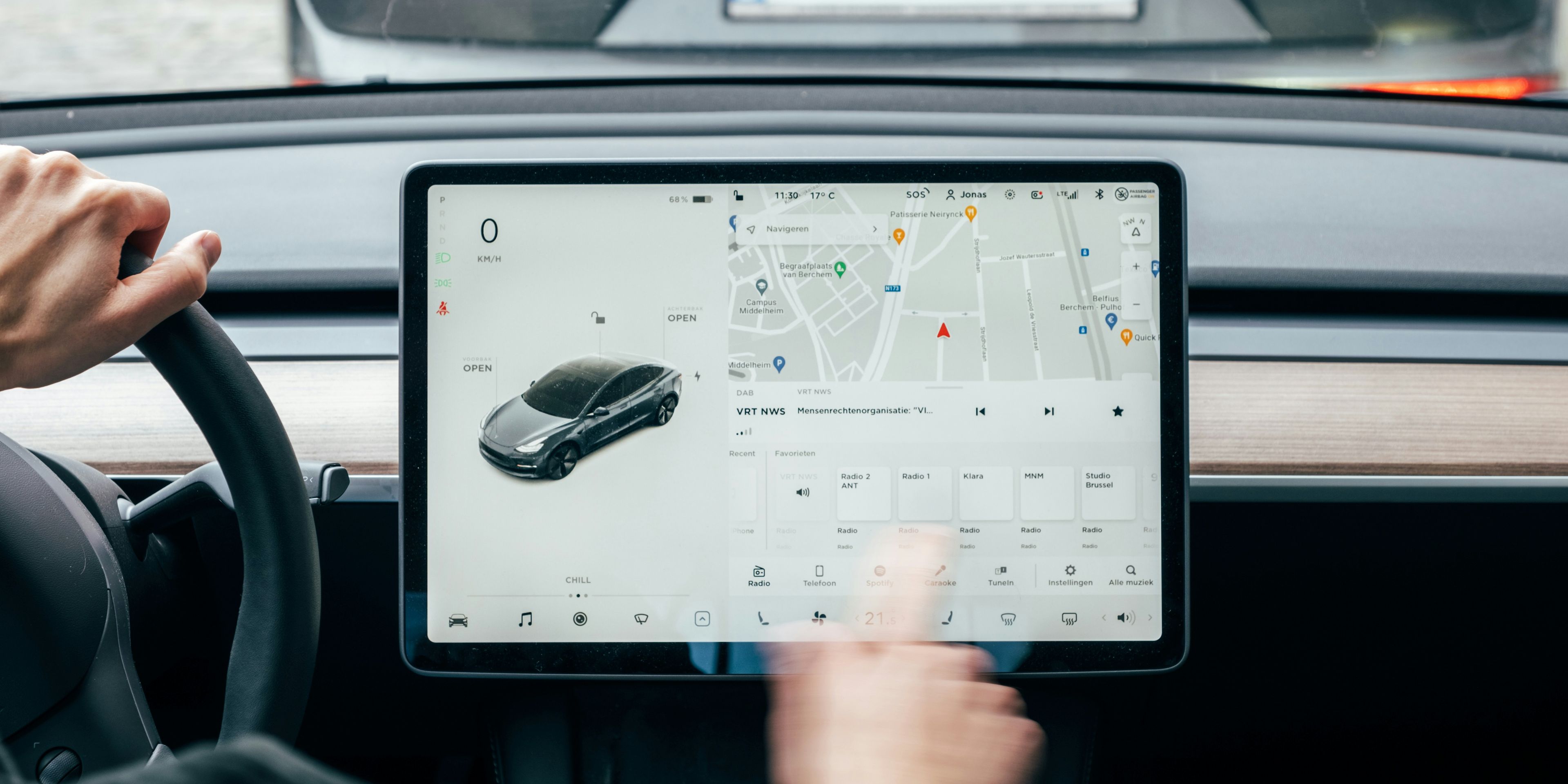Fast Charge Wars: 600 kW Now, 1 MW Soon?
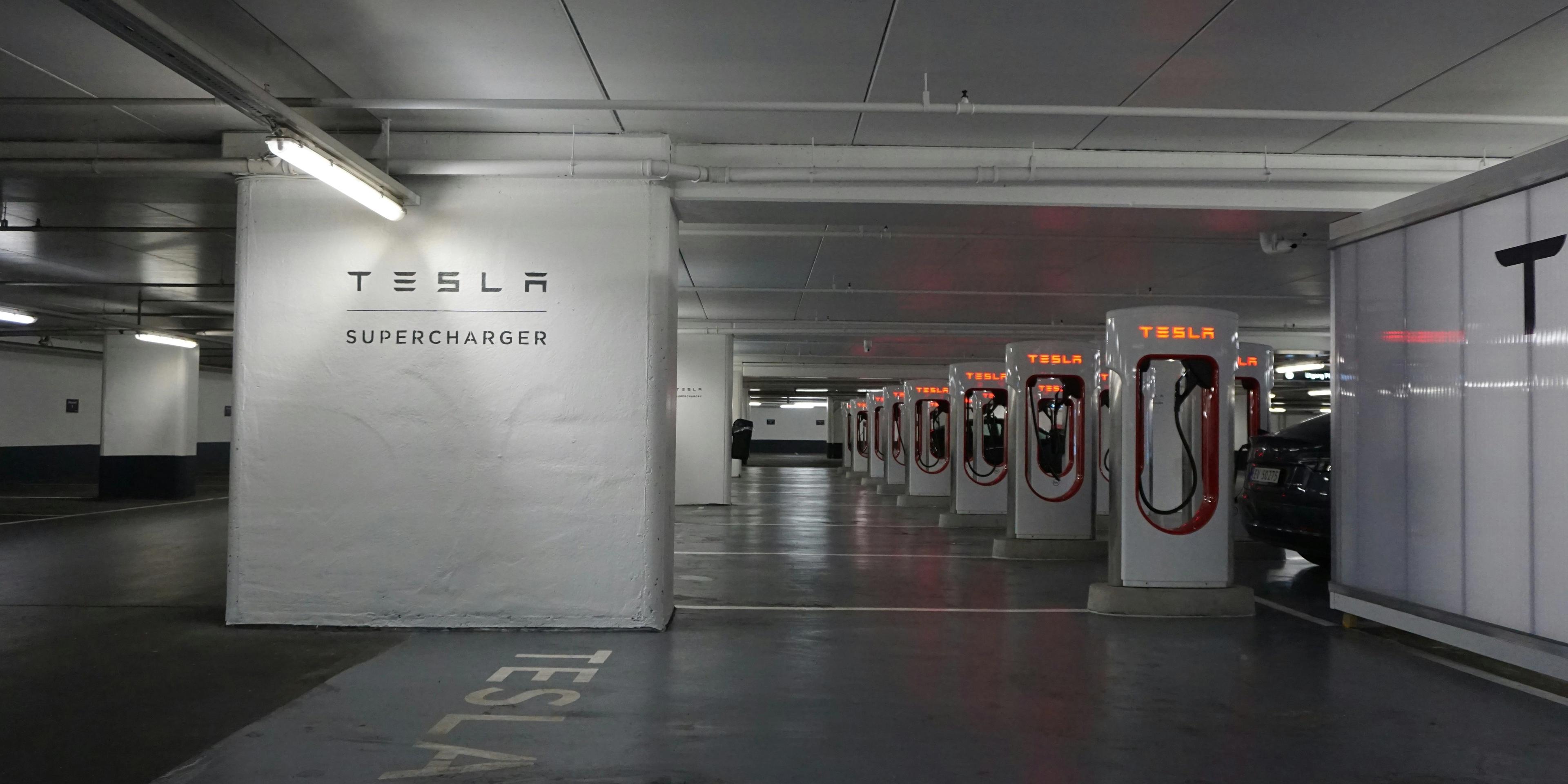
Critics often remind electric vehicle (EV) enthusiasts, “I can just fuel up with gas and be on my way in a few minutes.” It’s a fair point. Charging speed has long been the Achilles’ heel of electric vehicles, especially for road-trippers and commuters on a tight schedule. But the newest wave of ultra-fast charging technology is rapidly changing that reality and could soon silence those skeptics.
Why Charging Speeds Matter (and Why Everyone’s Watching)
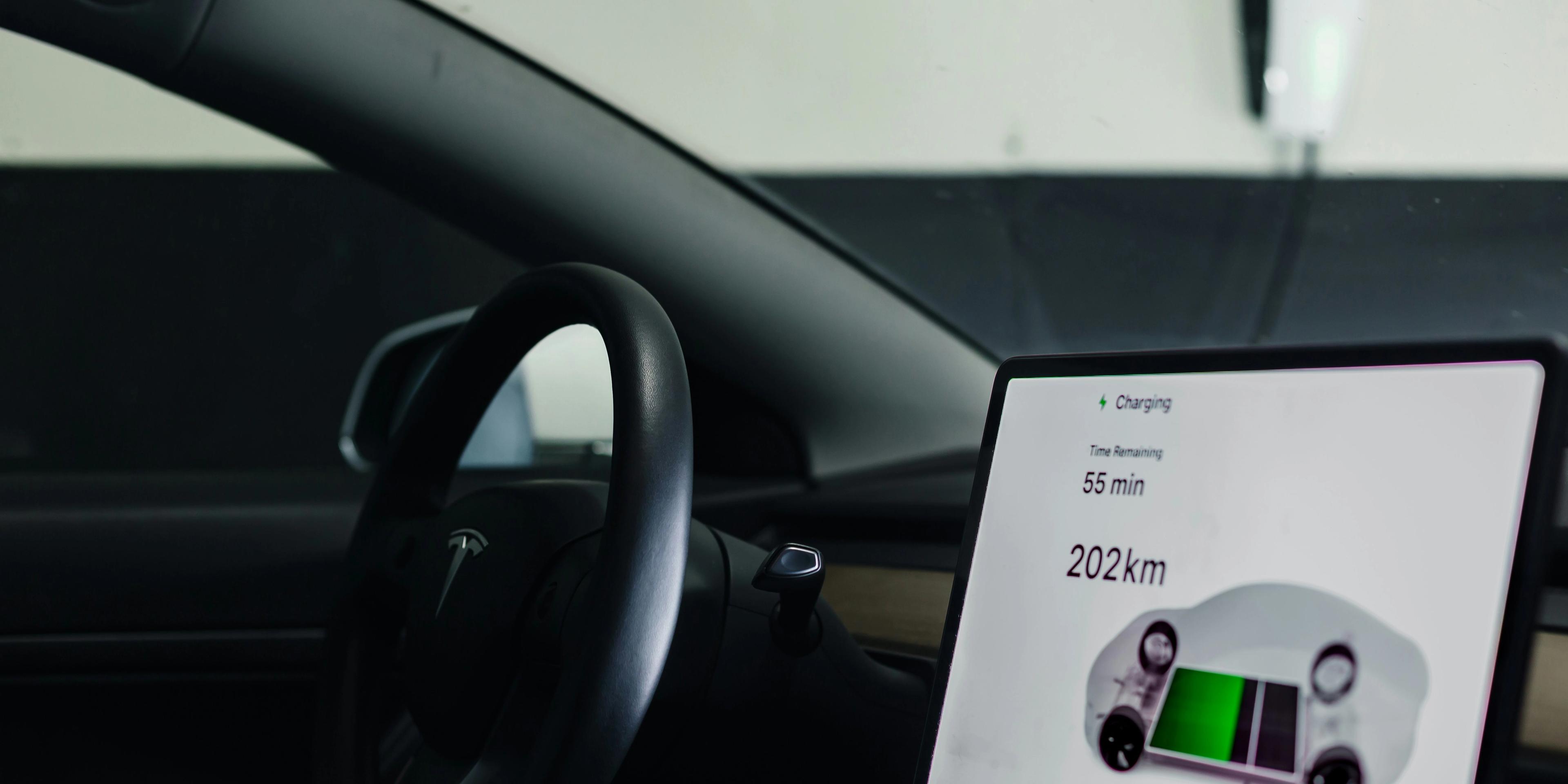
Charging speed is one of the biggest barriers for EV adoption. Most drivers are accustomed to spending mere minutes at the gas pump, so naturally, they’re hesitant about potentially spending half an hour or more plugged into a charger. This inconvenience has slowed EV adoption for many consumers. However, with new technologies breaking records, this gap is shrinking faster than ever, and industry watchers are taking note.
Europe’s Ionity Network: Setting the Bar at 600 kW
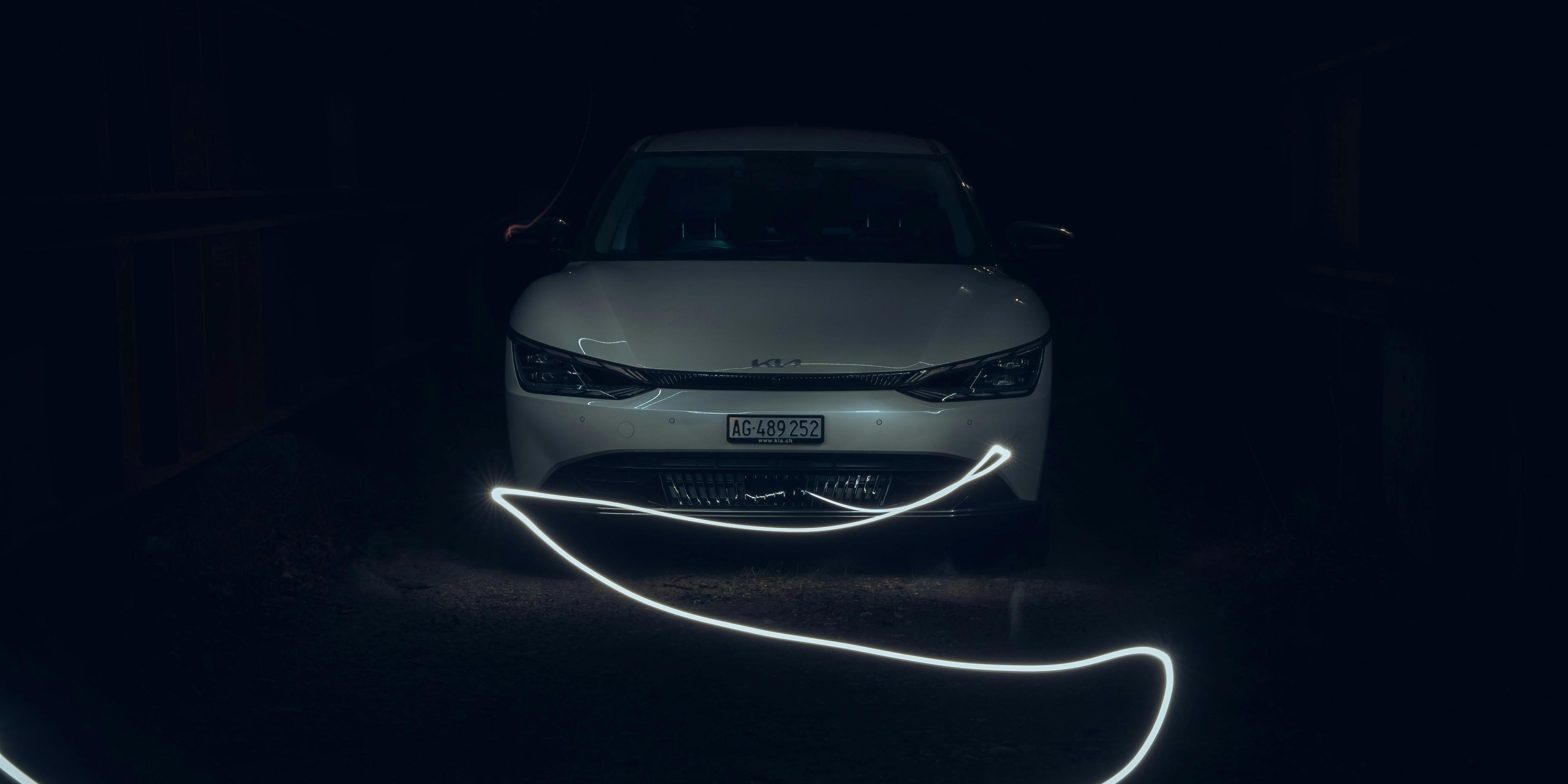
In Europe, Ionity is leading the charge by rolling out 600 kW ultra-fast charging stations. To put this into perspective, these powerful chargers can add around 300 kilometers (186 miles) of driving range in roughly five minutes. Imagine parking your car, grabbing a quick coffee, and returning to a fully charged vehicle ready for the next leg of your journey.
Ionity is not operating alone. Supported by automotive giants like Volkswagen, BMW, Ford, and Hyundai, the network is quickly becoming a key part of Europe’s automotive landscape. It’s setting a new standard for what EV drivers can expect, effectively narrowing the convenience gap between electric and gasoline-powered vehicles.
China’s ChaoJi Network: An Electric Charging Revolution?
China is rapidly expanding its charging capabilities with the ChaoJi network, capable of providing 800 amps and 600 kW of power. This ambitious initiative aims to harmonize global charging standards, allowing greater compatibility and faster adoption worldwide. Already widespread in urban centers and highways across China, ChaoJi’s aggressive expansion could set a global benchmark, making charging faster and more convenient for millions of drivers.
The Next Leap: Megawatt Charging (1 MW). Is This Realistic?
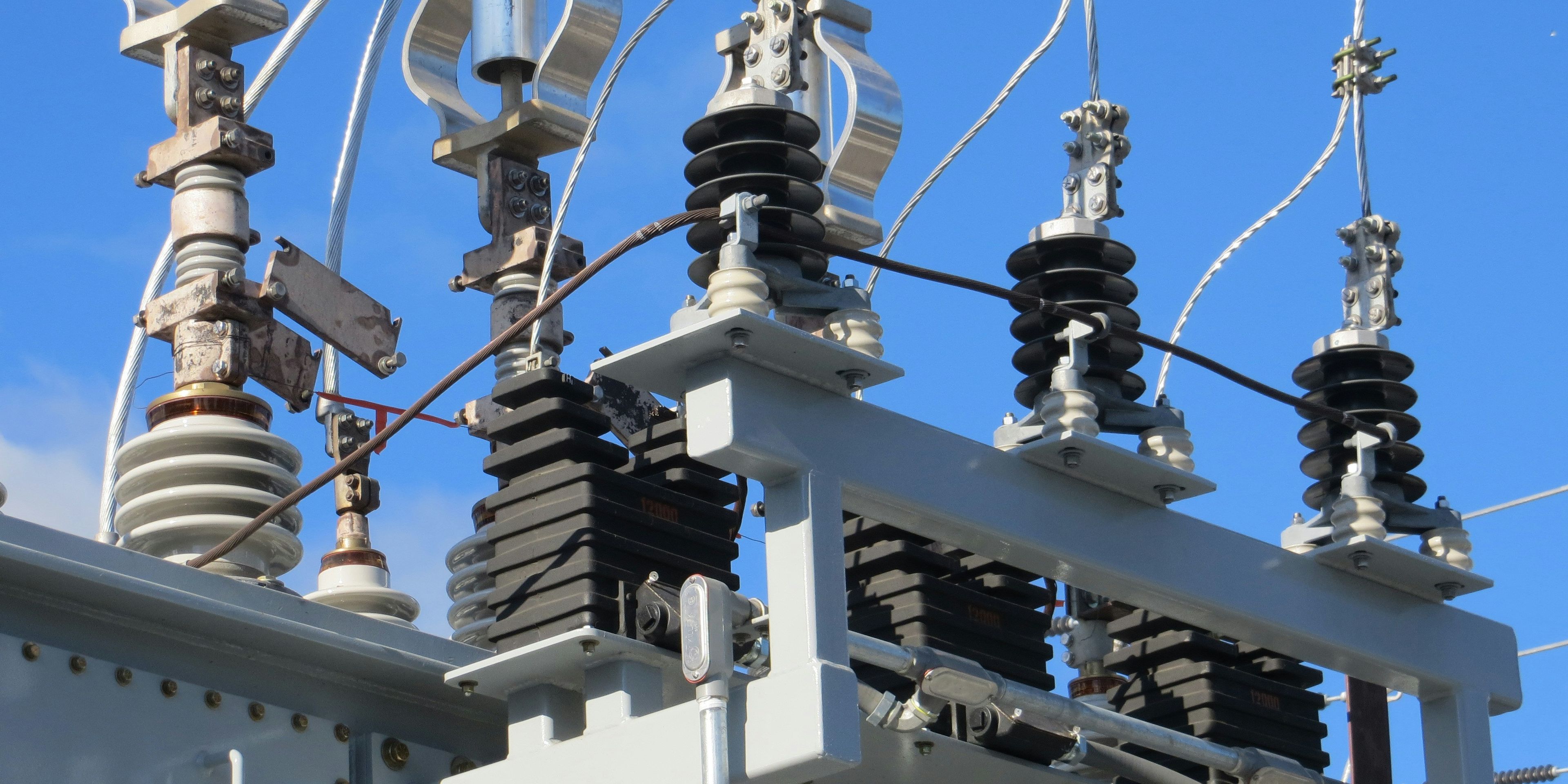
The next major leap on the horizon is megawatt (MW) charging, capable of delivering power at a remarkable 1,000 kW. Although primarily targeted at heavy-duty electric trucks and commercial fleets, megawatt charging is already undergoing real-world testing by major brands such as Tesla, Volvo Trucks, and Scania.
However, such powerful charging technology also presents significant challenges. Grid infrastructure must be upgraded extensively to handle this enormous load, and battery health and safety concerns must be carefully managed. Despite these challenges, the sheer potential of megawatt charging to dramatically reduce charging times for heavy-duty vehicles makes it an irresistible pursuit for automakers and logistics companies.
The Infrastructure Race: Who’s Winning and What’s Next?
The global infrastructure competition is fierce. Europe’s Ionity, China’s ChaoJi, and North America’s Electrify America and Tesla Superchargers are all racing to improve their networks and increase their charging speeds. This intense competition is excellent news for consumers, as it will drive innovation, improve convenience, and eventually help reduce the cost of fast charging.
Fueling Up vs. Plugging In: Is the Gap Closing?
Returning to the critics’ main argument—is the gap between traditional fueling and EV charging really closing? The answer is increasingly becoming “yes.” The difference between spending five minutes at a gas station and five to ten minutes at an ultra-fast charging station is shrinking rapidly. This shift is not merely technological but also perceptual, as more drivers experience just how quickly and conveniently EVs can be charged today.
Conclusion: The Future of Charging and the EV Revolution
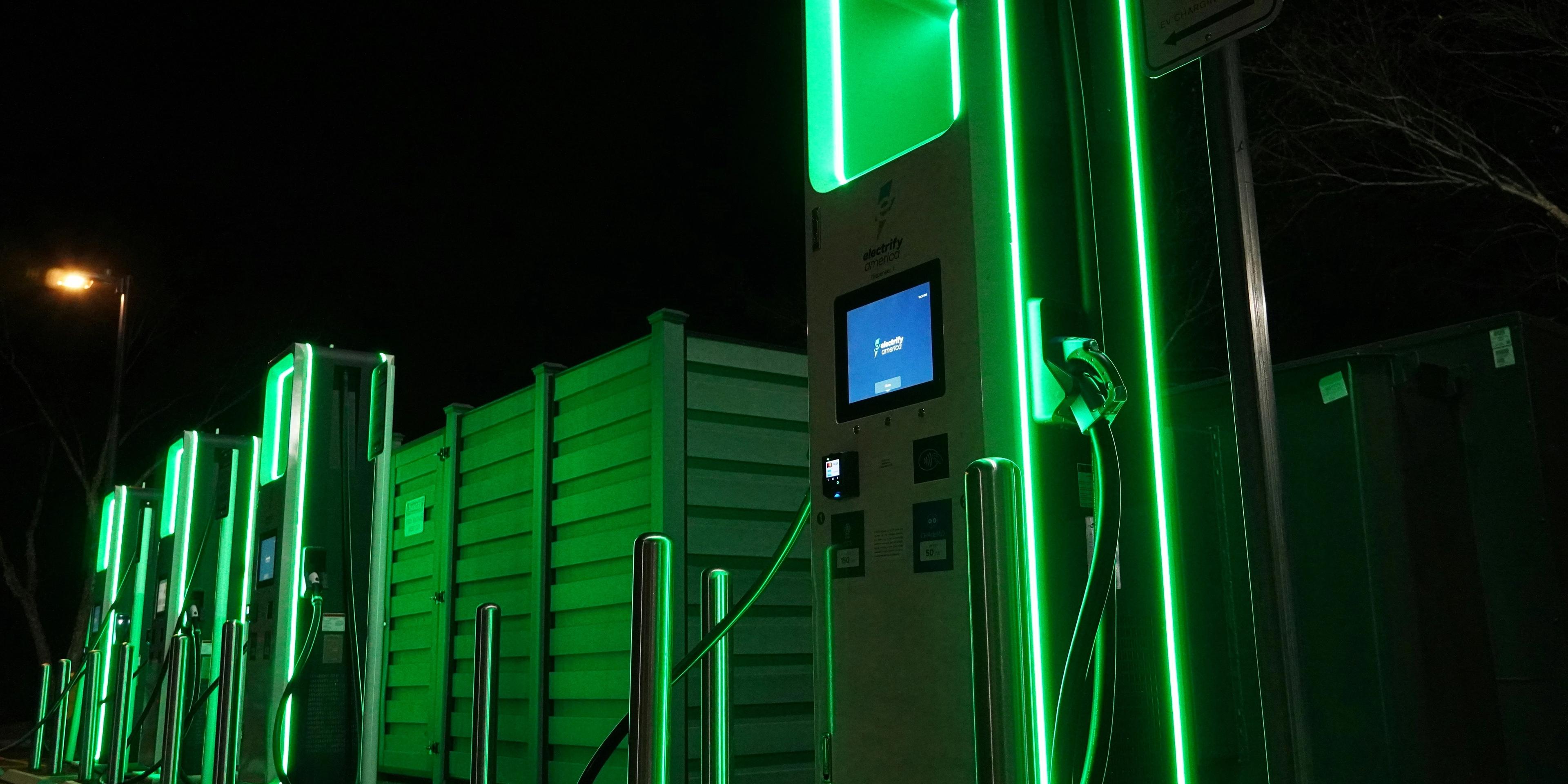
The introduction of 600 kW charging stations and the imminent arrival of 1 MW technology represent a significant turning point for the EV industry. As the infrastructure continues to improve at such a rapid pace, the main argument against EV convenience becomes less credible by the day.
Next time you hear someone say they’d rather stick with gas because it’s faster, ask them if they’ve seen the latest charging innovations. They might be surprised just how quickly EVs are catching up.
What are your thoughts? Share them with us and other readers in the comments section below!
Add a Comment
No comments yet. Be the first to comment!
